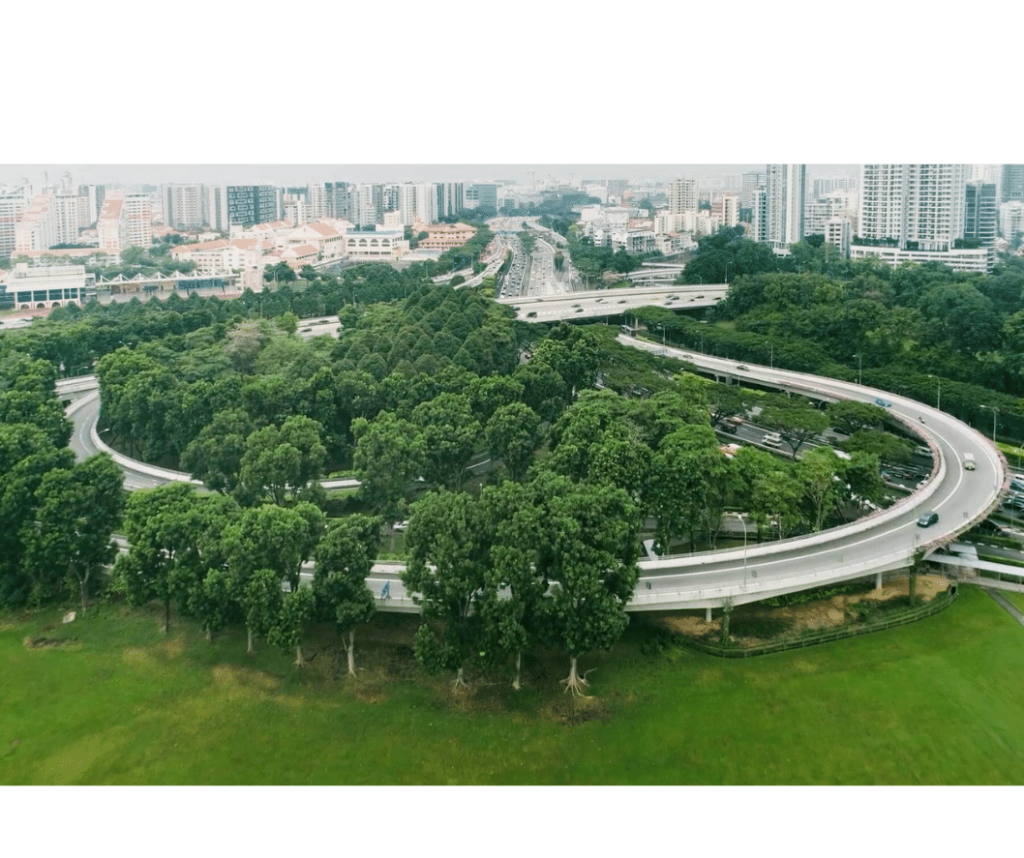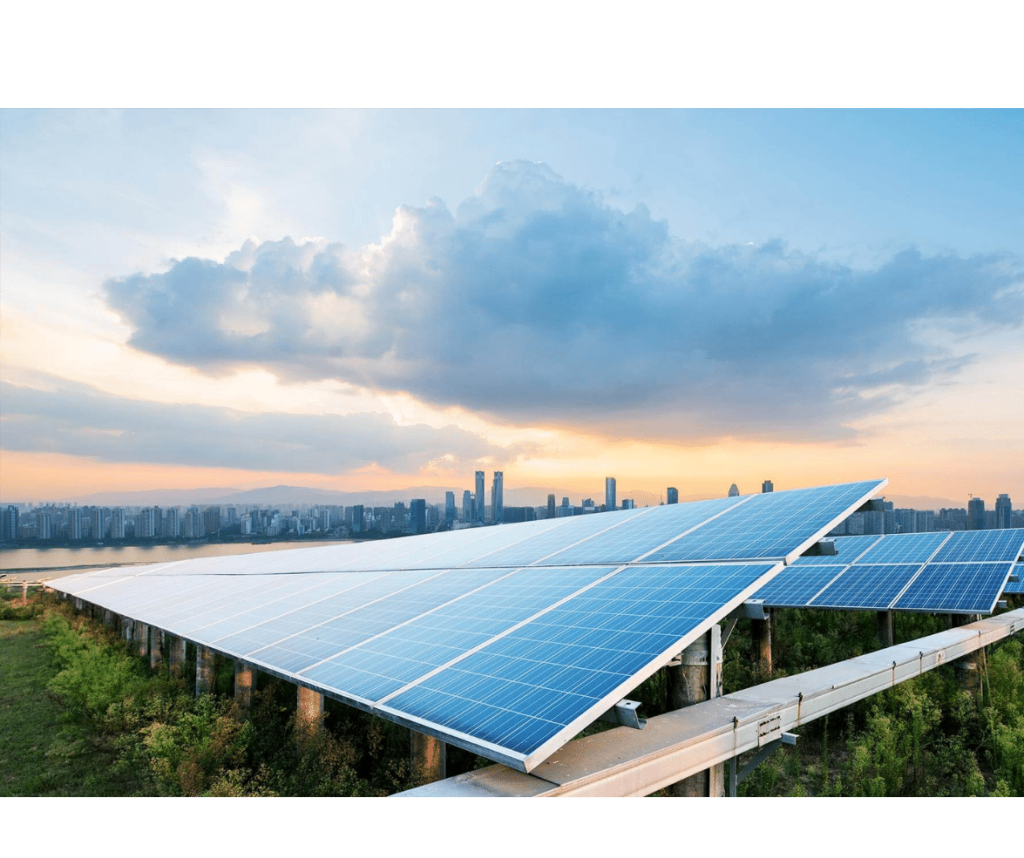Singapore- Leading the way to Sustainable Development

singapore-leading-the-way-to-sustainable-development/

Singapore is ranked 60 out of 163 in the SDG (Sustainable Development Goals) Index. The scenic island country successfully achieved the goals of Peace, justice, strong institutions Industry, innovation, and infrastructure Affordable and clean energy Clean water and sanitation No Poverty, Zero Hunger Good health, and well-being What can we learn from Singapore? Singapore is a compact city with mighty goals to achieve, all within 780 square km and a teeming 5.6 million population. It is a Herculean task to commit to Zero emissions and a clean environment considering area constraints. Nevertheless, they adopted a variety of solutions to tackle the lack of space and achieve the maximum possible Sustainability. Instead of stopping at the first possible hurdle, they have decided to experiment with the help of technology and have tried and tested many solutions. Today the world looks up to Singapore for Sustainability solutions in the aspect of Clean Energy. Some crucial steps that are undertaken: Limiting the number of automobiles Reusing water Ensuring hygiene to prevent communicable diseases in a constricted environment Taxing Carbon Emissions and ceasing to use fossil fuel-based power SG Green Plan (Singapore Green Plan) commissioned in 2020 will further elaborate on the mission. The Ten-year Goal is to achieve maximum SDG by 2030, in accordance with the UN Mission of a Sustainable Planet. The plan was released in Feb 2021, and targets/specific areas of change in each sector are in place to make it more environmentally friendly.
The Green Plan rests on Five Pillars that influence all aspects of life for Singaporeans:
1 Pillar One: City in Nature They have built a city in Nature and plan to add another 200 Hectares of Greenery to the city, which ensures that every home is just ten minutes away from a park. One million more trees will neutralize the effect of 78000 tons of CO2 by 2030. The considerable cooling effect of the greenery is also expected, along with biodiversity.
2. Pillar Two: Sustainable Living Recycling, Reusing, and Zero Waste plan Singaporeans have accomplished the closure of the water loop and recycles to meet its water requirements. A plan to transform trash into treasure is underway. Innovation and Technology are at the core of this strategy. The most remarkable outcome of this is NEWSand, made from the trash generated by the city and used in new constructions. For a city known for its infrastructure, this is unquestionably a step forward. Waste Management and recycling diminishes the Semakau landfills to 70%, considerably less wastage. Natural Gas, along with Hydro and Solar Energy production, is aimed at five times more and various green energy sources are being tapped. The Government believes in involving citizens through the Eco-Stewards program, starting with schools and Pre-Universities, to ease the transformation for future generations. The Eco-Stewards program will educate students about eco-friendly alternatives and encourage them to start by reducing Carbon Emissions from their school campuses, paving the way to a cleaner future.

3. Pillar three: Energy Reset The Government of Singapore is actively investing in Research and Development towards solutions to reduce energy consumption. Fuel efficiency goals are being upped by a minute yet impactful 2% in aviation and maritime. This should help reduce emissions as planned, by 2050, a little farther than 2030 for other goals. More eco-friendly districts, modeled on the Jurong lake district, are to be constructed soon. One of the most popular eco-friendly solutions being adopted by the planet is the usage of Electric Vehicles. Singapore is not left behind in this aspect. Plans to phase out the internal combustion engine vehicles by 2040 are in full swing. The private sector is to be given incentives for taking part in the mammoth goals, including the aim to reduce energy consumption by 8 million megawatts per year.
4. Pillar Four: Green Economy/Green Finance The Government intends to enable Enterprise Sustainability Programs to reduce Carbon Emissions from the industry, without any hindrance to their development. Verily, more opportunities are expected to be created in the process of Carbon trading and services, which is projected to be a multi-billion-dollar industry with the encouragement of domestic ideations revolving around decarbonization.
5. Pillar Five: Resilient Future Singapore is vulnerable to changes in sea levels. To minimize potential risk, coastlines are to be guarded by physical barriers, the construction of which is to commence shortly. Urban heat will be reckoned with simple solutions such as cool paints on the buildings. Local food production is to surge to 30 percent by 2030, depending less on imports. Singapore sure is working towards safety and self-sufficiency. It is commendable that an island city devoid of natural resources, rivers, lakes, and space has evolved into a guiding force of Sustainable Development, balancing the efficient growth of the economy with a clean environment and the well-being of citizens. We need an intention, a determination to improvise, an administration that has head and heart in the right place, and a culture that is conducive towards the goals of the planet, without compromising on its own development.
“As a small country, Singapore’s impact on the global climate is limited, but the Republic will do its part wherever it can and support others too”, Prime Minister Lee Hsien Loong was quoted as saying. “First, Singapore will transform its carbon-intensive sectors in its economy. In maritime and aviation, Singapore is reducing its carbon footprint through automation, digitalization, smart technology, and the use of alternative fuels”, he said.
(Source: Google) Singapore is determined to be a Global City of Sustainability; hence it won’t be a surprise to see them climb the ranks very soon! Source: Singapore Green Plan 2030
Author Dr. Sailaja is an enabling HR leader and sustainable practices, enthusiast









